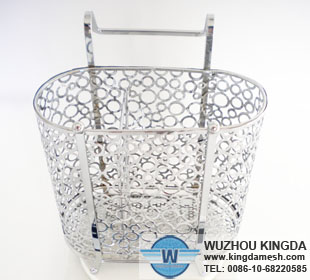Building a Dish Rack
A simple dish rack is a perfect organization tool to keep plates and platters of various shapes and sizes neatly organized. No longer will have you juggle lifting the dishes on top to get to that special plate on the bottom. Your dish rack will keep them all separated and easy to reach at any time. Building a DIY dish rack allows you to perfectly fit this feature to your specific cabinet dimensions while also ensuring that you have just enough room for each and every dish in your collection.
Instructions
1
Measure the width and height of the interior of your cabinet. Determine how many plates you want your rack to hold and how much space will be needed for each one. The plates should be able to sit vertically in the rack with just enough room for you to get them in and out, but not so much that they lean at a steep angle.
2
Purchase two wooden rails measuring the same length as the interior of the cabinet and about an inch thick for the top and bottom of the rack. These will simply provide a small lip above and below the plate storage space.
3
Purchase enough 5/16-inch dowel rods to separate your plates. The length of the rods should equal the height of the cabinet.
4
Measure across the length of each rail and make a light pencil mark to indicate the placement of each dowel rod. Make sure the marks on both rails line up perfectly.
5
Use a 5/16-inch drill bit to drill a hole through the rails centered on each pencil mark. Test to make sure the dowel rods fit comfortably in the holes. If the fit is too snug, use a slightly larger drill bit to comfortably accommodate the dowel rods.
6
Stain and paint the rails and dowel rods as desired and let all pieces dry thoroughly overnight before assembling the plate rack.
7
Squeeze a dab of wood glue into each hole on the bottom rail. Insert the dowel rods into the holes so they are flush with the bottom of the rail. Repeat with the top rail. If any of the dowels have trouble sliding into the holes, sand the end lightly to make a smoother fit.
8
Slide the rack into your cabinet. It should fit snugly as though it’s a built-in part of the piece. If it’s loose and slides forward or backwards easily, use a nail in each corner of the piece to secure it to cabinet shelves above and below.




